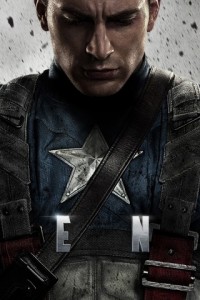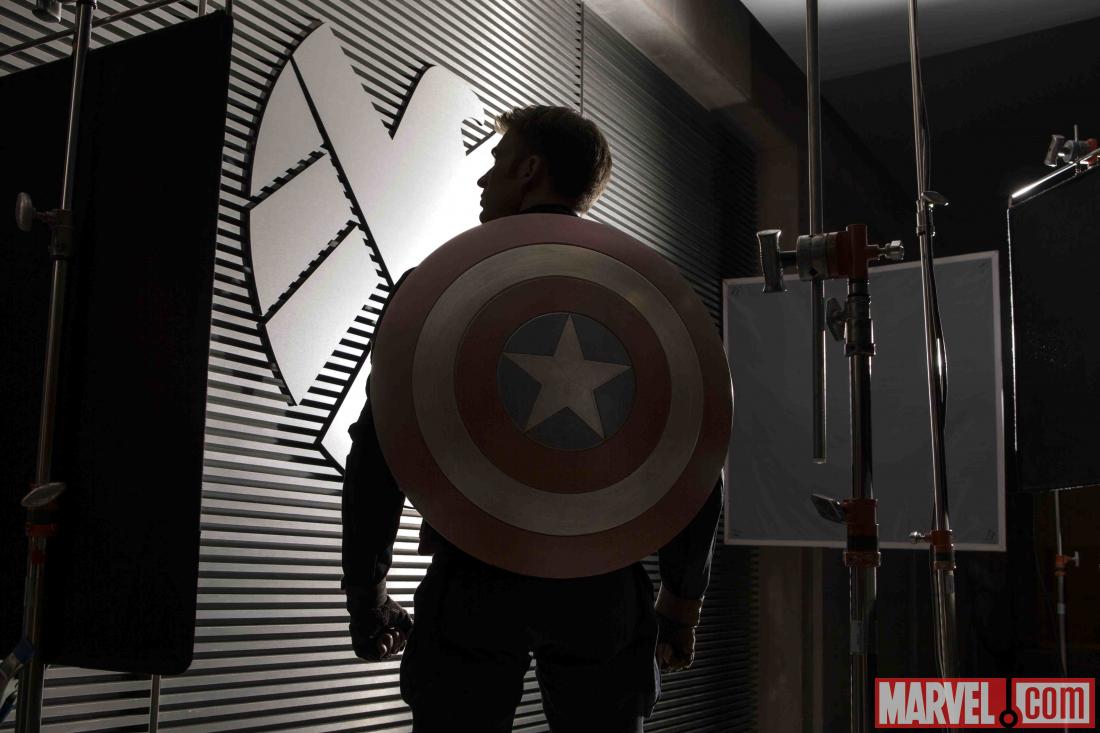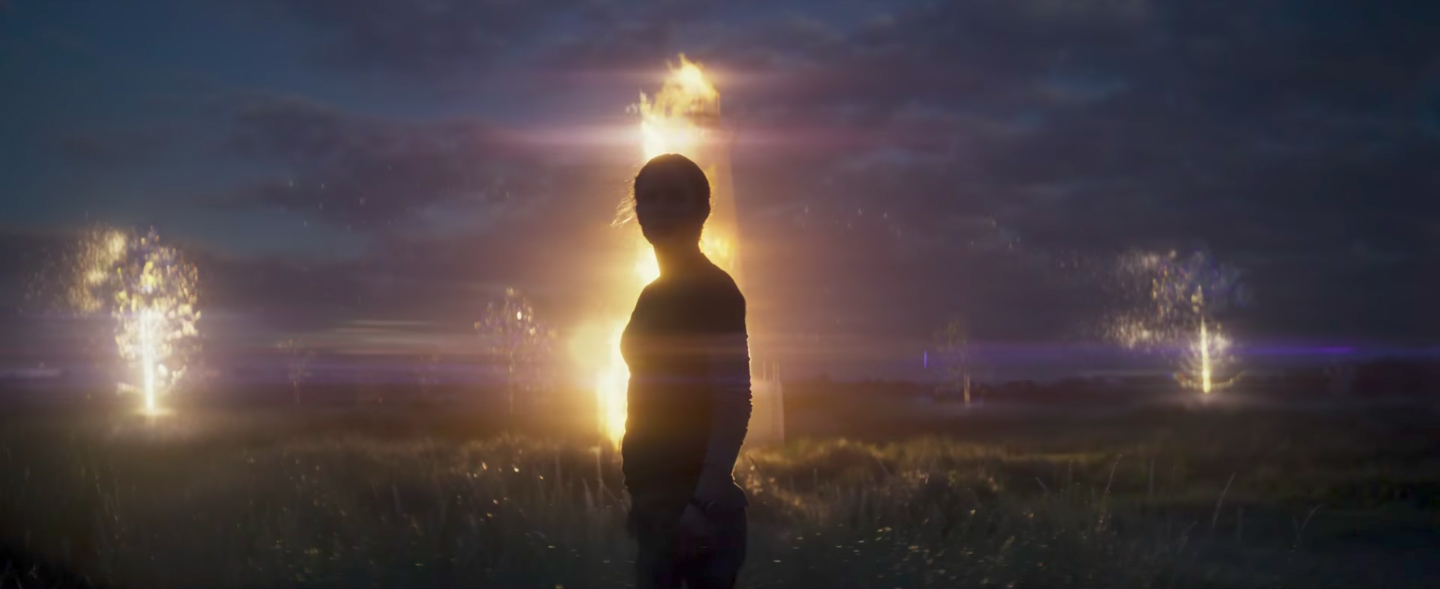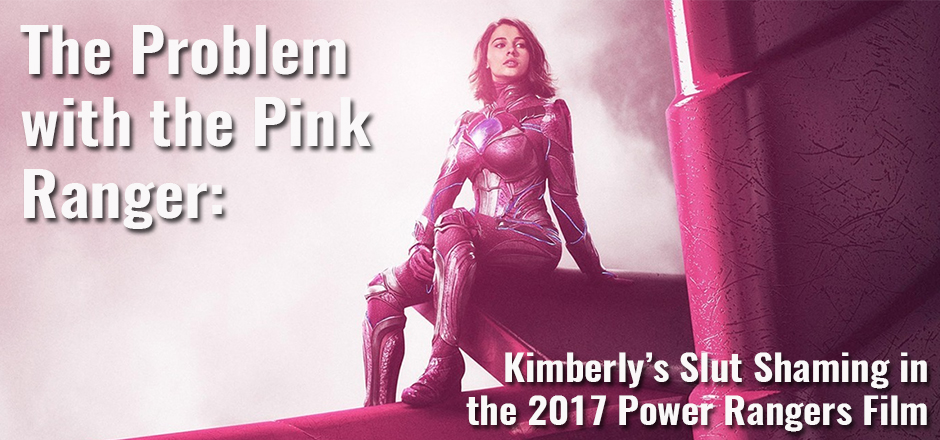American heroes throughout the late twentieth century deploy imaginary forces against imaginary evils. The heroes encounter superhuman threats and were only able to deal with them because they themselves were superhuman.
This is not so much the case during the mid-point of the century. United States of America’s greatest adversary was the Axis powers during World War II, a real threat, imposed by real tyrannical leaders whose faces we associated with evil. One of those, Adolf Hitler, is used as a litmus test against modern genocide or acts of violence the world over.
 This is where Captain America picks up the hero’s torch: not necessarily superhuman by nature, but enhanced for the good of the country to face real threats much larger than himself. I wonder how many times throughout his comic book history Captain America punched Hitler in the face.
This is where Captain America picks up the hero’s torch: not necessarily superhuman by nature, but enhanced for the good of the country to face real threats much larger than himself. I wonder how many times throughout his comic book history Captain America punched Hitler in the face.
I’ll admit, before I saw the Captain America movie last summer, I didn’t know much about his origins or his adversaries. I knew him as a collage of red, white, and blue donning a winged helmet and a star-embedded shield. That’s really it. Until some outside force greater than me, convinced me to go to see the movie, Captain America wasn’t necessarily a hero to admire or get excited about.
In the movie, we meet Steve Rogers, a scrawny hopeful with a big heart who is enthusiastic about serving his country but marginalized by the military he wished to help. Rogers isn’t physically fit enough to join the military, but is desperate to help the United States in any way possible. Rogers is offered a chance to be everything he isn’t – strong and superhuman. The experiment goes by the name of Operation Rebirth, changing Steve Rogers into the idyllic Captain America as we know him today.
Captain America is known for being an excellent strategist and using his cunning to formulate logical solutions, and at the same time he represents the peak of physical form an attribute bestowed upon him by the drug. With these combined – and the fact he remains very much human – Captain America becomes a force unlike any heroes we’ve seen in American history. He is initially used to aid the United States war effort as a mascot to rally ground troops and remind them of what they left behind and the country they are fighting for.
American civilians during World War II needed a fictional hero, someone to aspire to be like. Now, we have many American heroes, but they are found in the forms of celebrities. We don’t so much admire heroes, but the actors that play them. We see almost no mention of the generals who lead our troops overseas into battle. Maybe these are the reasons we invent our heroes to begin with. Most of what came over the air back then was stories, urgent numbers of casualties, how many of “our boys” have died?
I wonder who was actually reading comic books during the 1940s and who would remember Captain America. Did Captain America inspire patriotism in children and young adults? World War II America needed a face to put on their patriotism. We invented heroes like Captain America to fill that role and give us something we could aspire to. More than ever, super heroes are gaining public attention. I hope we’ll begin to depend on the actions and achievements of those around us, or discovered across the earth. I believe there are heroes living among us. I believe the time for heroes is long overdue.
Alan Beyersdorf is a staff writer at Girls in Capes and holds degrees in creative writing and psychology from the University of Toledo. His first chapbook, Degrees of Distance, was completed in 2012.





